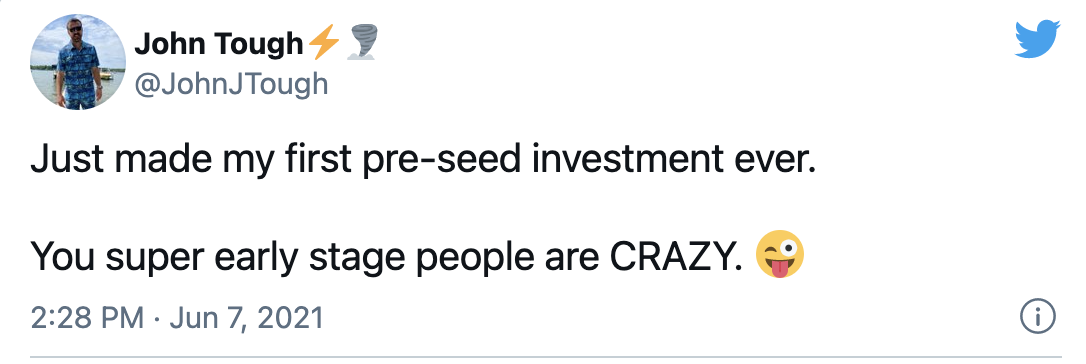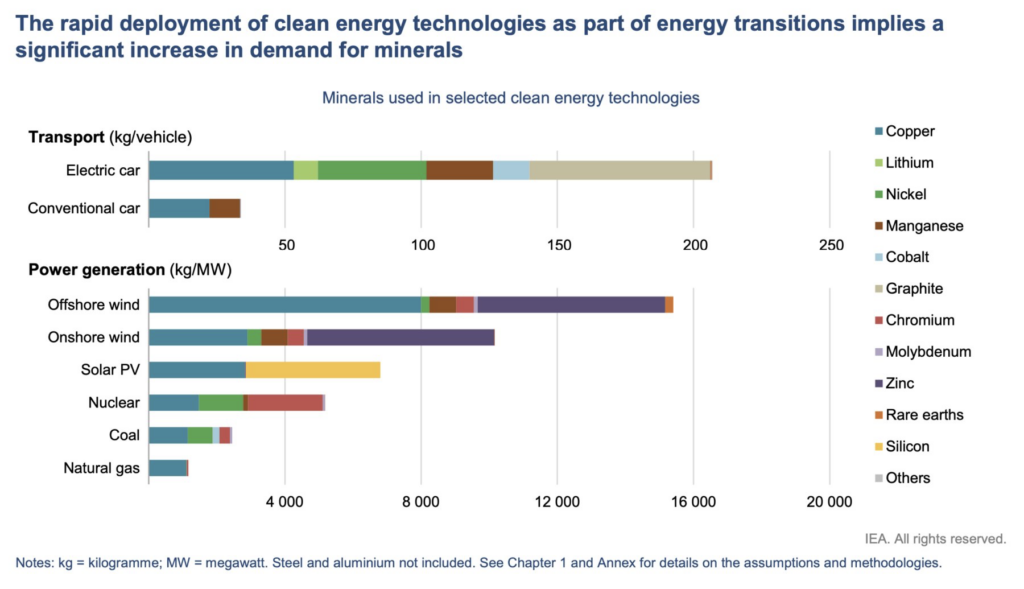
Hiring at Energize- Principal, Growth Equity
Earlier this year, Energize announced the hiring of Kevin Stevens. Kevin joined us to get our Growth Fund efforts off the ground. To say he has been busy is an understatement. Today we announce the first of a number of hires dedicated to the effort. The job post can be found here.
Also, Kevin wrote this about the firm and role over on his website:
I had a hunch I was joining something special when I joined to Energize almost 6 months ago. My experience has surpassed even my highest expectations.
Now it’s your chance to become part our growing team. We’re hiring a Principal for our growth equity platform. The position will start Q4 of this year and will be based in Chicago.
With the semantics out of the way, it’s worth me explaining why Energize and what I think are a few of the best parts about this potential role. Here’s a sense of how we think and work internally:
- Quality is contagious. The little things matter and attention to the craft of investing are valued here. You have to enjoy being accountable to others.
- We do things our own way. We choose to be original and find creative solutions.
- We favor long-term thinking. The environment is fast-paced, and we execute with urgency, but always with the long-term in mind.
This role is an investing role on a potential partner track, but we’re also entrepreneurial at heart. As we look to build out our platform, we’ll expect you to think creatively in all aspects of our firm.





